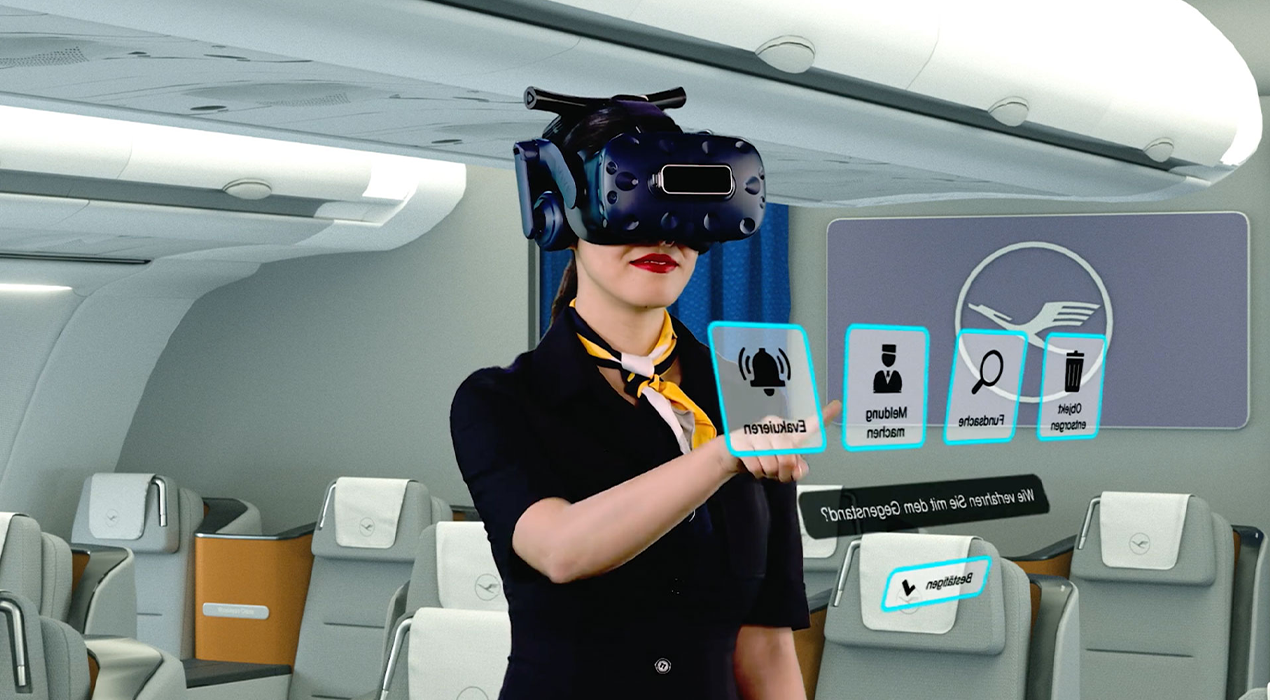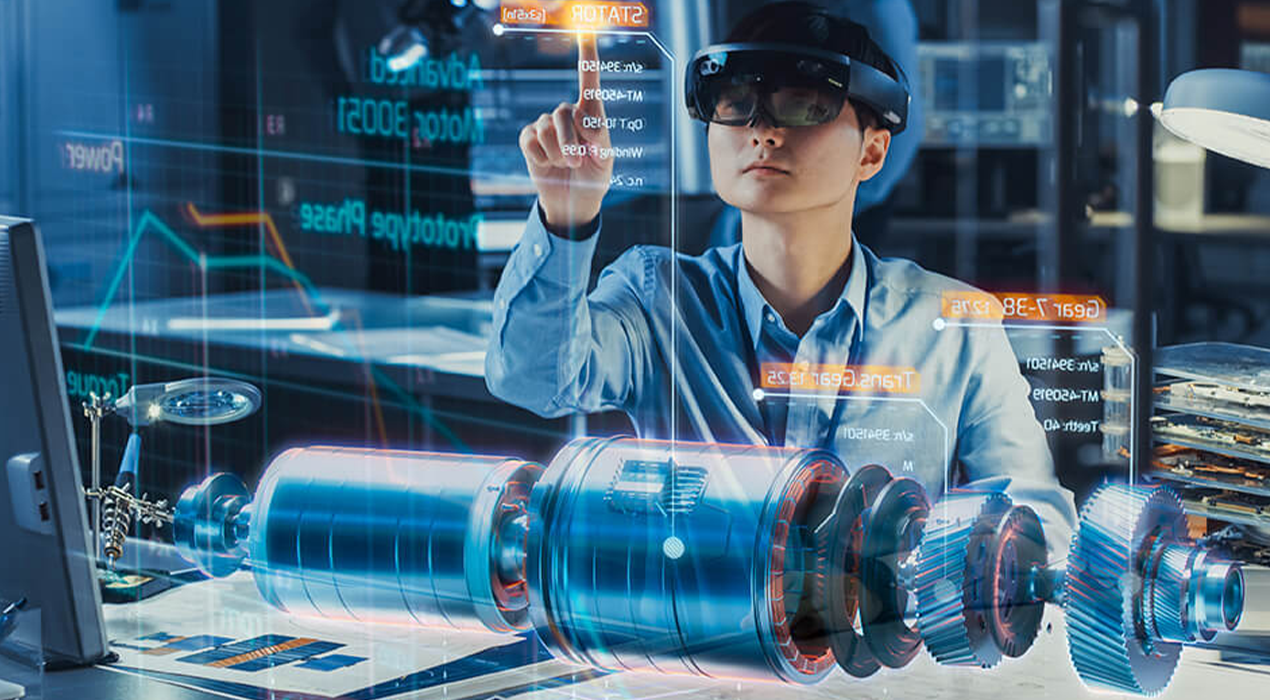
Executive Summary
In today’s fast-changing world, educational institutions must equip students with the skills and knowledge needed to thrive in the future workforce. Virtual Reality (VR), Augmented Reality (AR), and Mixed Reality (MR) technologies offer immersive learning experiences that can revolutionize education.
This proposal recommends integrating VR/AR/MR modules into Indian schools and universities starting from grade 9. These immersive solutions help students explore skill sets, make informed career choices, and prepare for the demands of the modern job market.
Government initiatives like Skill India Mission, Digital India, and Atmanirbhar Bharat Abhiyan, alongside the New Education Policy (NEP), highlight India’s commitment to technology driven education. VR/AR/MR can bridge the gap between traditional learning and real world applications, fostering innovation, entrepreneurship, and socio-economic development.
Introduction
The Indian education system is undergoing major reforms under the NEP, aiming to equip students with 21st-century skills. VR, AR, and MR align with this vision by offering experiential learning that enhances critical thinking, creativity, and problem solving.
By integrating immersive technologies into the curriculum, students can engage in interactive, practical learning experiences that prepare them for future careers.
Objectives
- Introduce VR/AR/MR modules in schools and universities from grade 9 onwards.
- Empower students to explore diverse skills and career paths through immersive experiences.
- Align educational curricula with future workforce needs.
- Promote widespread adoption of VR/AR/MR immersive solutions in educational institutions.
- Support the NEP through innovative teaching methods.
Strategic Plan
1. Curriculum Integration
- Collaborate with educational experts to develop VR/AR/MR modules aligned with existing curricula.
- Introduce modules as supplementary tools initially, then gradually integrate them into core subjects.
- Focus on STEM, vocational training, and career guidance for practical, hands-on learning.
2. Infrastructure Development
- Equip schools and universities with VR headsets, AR-enabled devices, and MR labs.
- Set up dedicated VR/AR/MR labs with state of the art technology.
- Train instructors to use immersive tools effectively for teaching and assessment.
3. Content Creation and Customization
- Partner with educational technology companies to create VR/AR/MR content tailored to the Indian curriculum and culture.
- Ensure content accessibility for students with disabilities or special needs.
- Encourage student participation in project-based learning and collaborative content creation.
4. Marketing and Awareness Campaigns
- Launch campaigns targeting parents, teachers, administrators, and policymakers about VR/AR/MR benefits.
- Conduct workshops, seminars, and demos to showcase immersive learning applications.
- Use social media, educational forums, and industry partnerships to raise awareness and support adoption.
5. Monitoring and Evaluation
- Create a framework to monitor implementation and impact of VR/AR/MR modules.
- Gather feedback from students, teachers, and administrators to identify improvements.
- Use data analytics to evaluate engagement, learning outcomes, and skill development.
Conclusion
By embracing VR/AR/MR immersive solutions, India can redefine learning and prepare students for the modern workforce. Strategic planning, collaboration, and innovation will ensure access to personalized, practical learning experiences.
Implementing immersive technologies in education will equip students with the skills, confidence, and knowledge necessary to succeed in the 21st century, fostering a brighter future for India’s youth.



